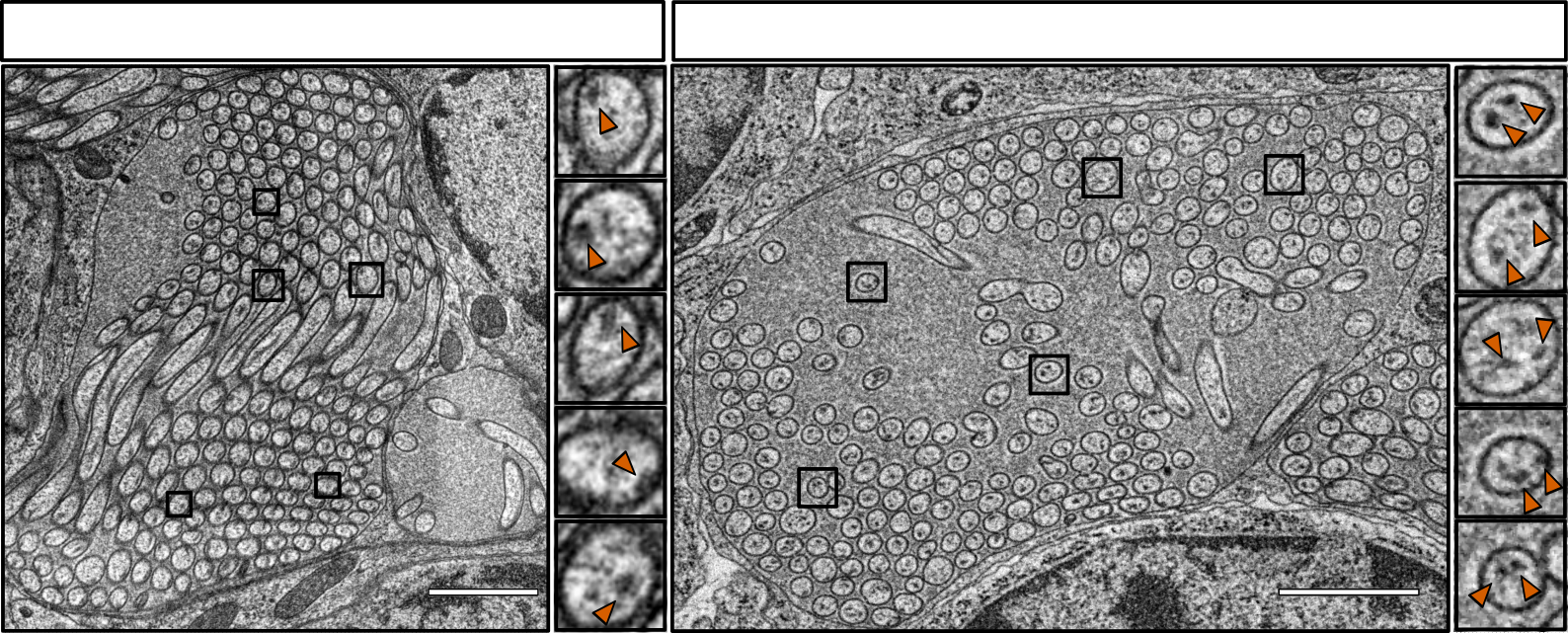From the title I thought that the UV opsin itself was also performing the pressure sensing function... Which would be fascinating to me, as I have worked with viscosity and pressure-sensitive fluorophores in the past (BODIPYs and DCDHF), and I would love to see living things making use of this molecular sensor design.
But I now see that it is a different molecular sensor that is also present in the UV sensing cell:
Our results indicate that the ciliary opsin required for detecting UV light is not essential for pressure sensation.
So, today is not the day we find pressure-sensitive fluorescent sensors in a living organism, but that is still a fascinating finding. I will have to read more about those "TRP channels", the "ultimate integrators of sensory stimuli". They seem like a very interesting class of bio molecules that I still know too little about 😁
Really nice work, thanks a lot for sharing it here!!
